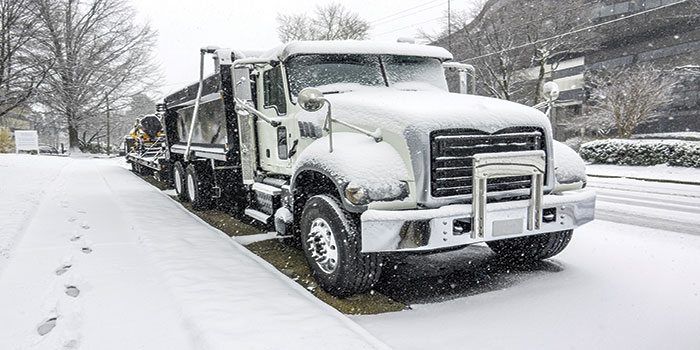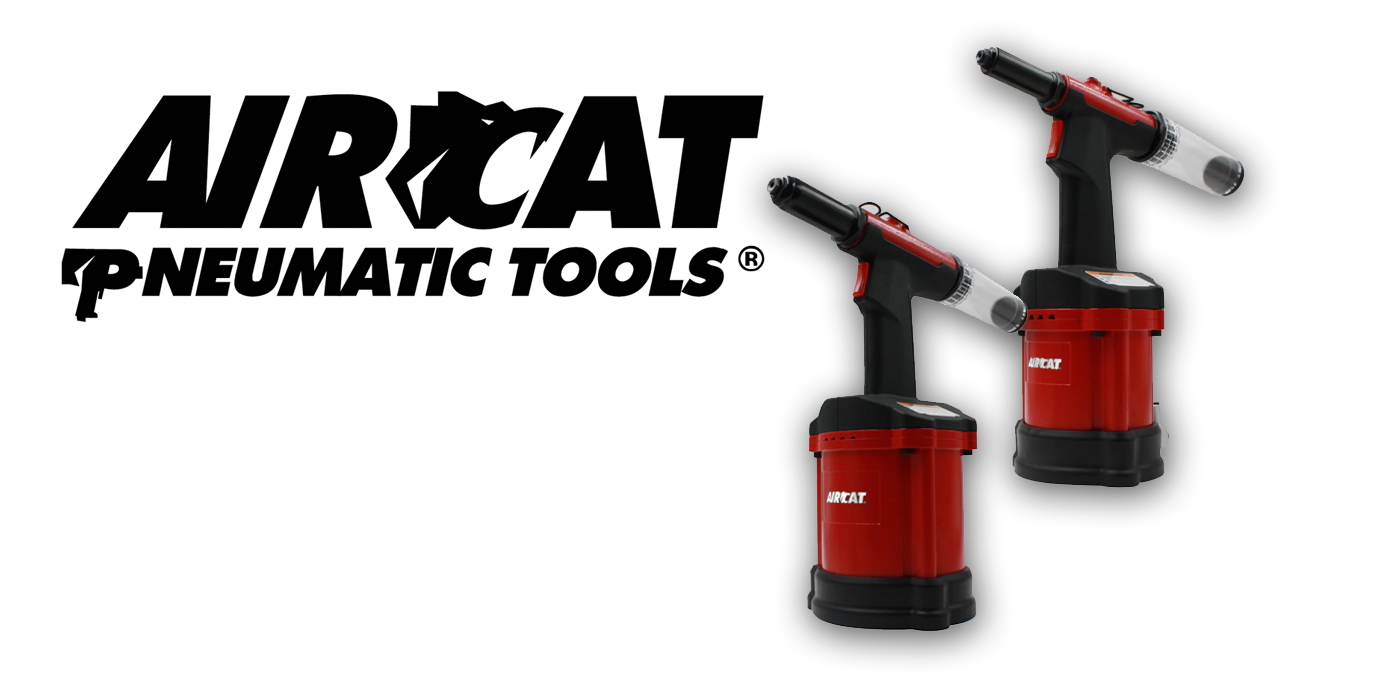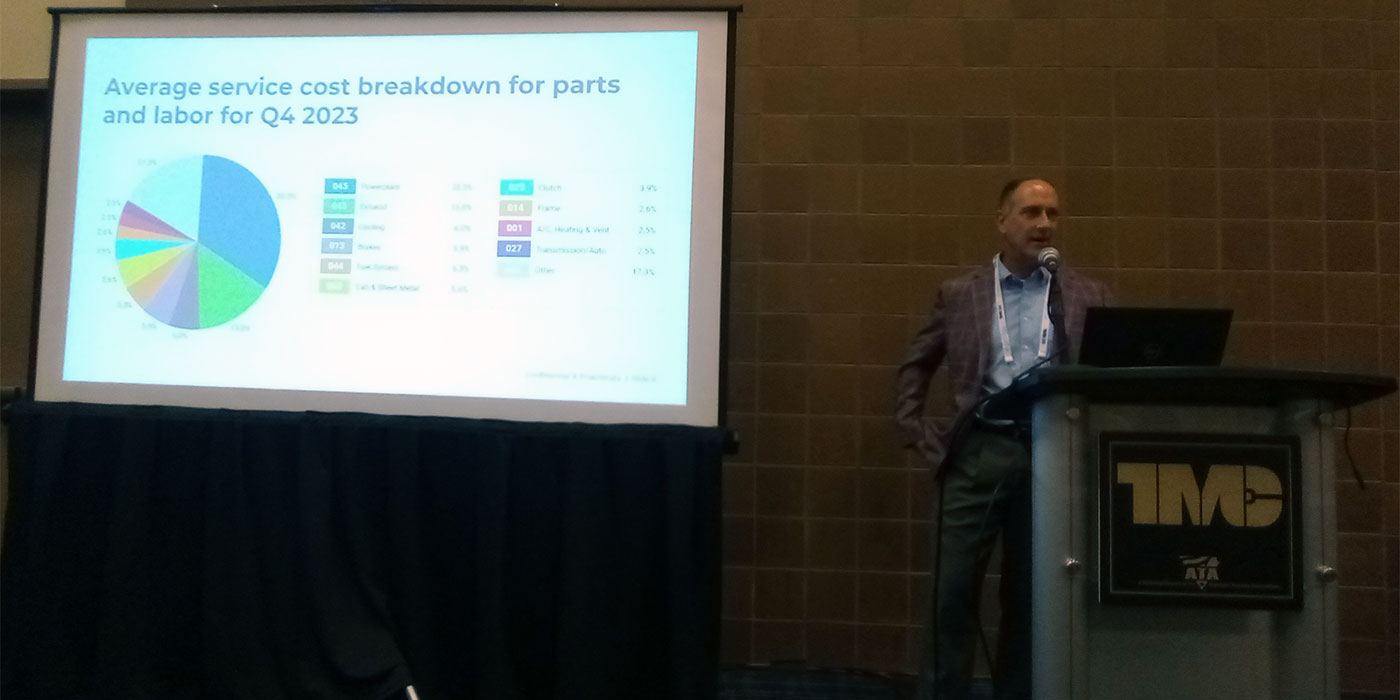Many transportation fleets begin the process of preparing their trucks for winter in November, a process known as “winterizing.” However, the practice of winterizing your truck should take place all throughout the winter months, not just in November. While it’s important to prepare your fleet when the fall colors turn to snow, it is important to keep in mind that the weather will continuously change—and possibly deteriorate further—long after you’ve made the first initial winterization steps in the fall.
Complicating fleet strategies further, trucks often travel in and out of cold and warmer weather depending on routes and weather patterns, even in the dead of winter. This can prove challenging on tires and tire pressure, for example, which is why fleets must avoid a “set it and forget it” mentality as winter approaches. Even in January and February, the winterization process should continue.
The right winterization strategy will not only keep trucks in good condition but will also keep drivers and others on the roads safe.
Where to focus your winterization strategy
Fuel economy and truck performance can be challenging especially in the winter for several reasons. Winter diesel contains less paraffin wax to prevent gelling (paraffin is the source of British Thermal Units). Cooler ambient temperatures decrease engine efficiency and increase aerodynamic drag (a 10°F drop equals a 2% increase in aero drag). Tires lose pressure as temperatures drop and rolling resistance increases. Furthermore, rain, snow and slush all increase tire rolling resistance.
Cold water significantly cools tires, as well as transmission and rear axle lubricants. This results in a decrease of 0.2 to 0.3 miles per gallon (MPG) according to the Society of Automotive Engineers (SAE). Headwinds/crosswinds also impact MPG (10 MPH wind equals a 13% drop in MPG). Additionally, trucks usually experience increased idle time and decreased use of cruise control during the winter, resulting in further drops in fuel economy.
What can fleets do during the winter?
Here are several tips for fleets to implement in January and February to ensure that their trucks maintain optimum performance throughout the grueling winter months:
1. Fuel economy is always addressed when it comes to winterization, but keeping moisture out of the air system is equally important. Replace air dryer cartridges, drain air tanks and inspect the system throughout the winter.
2. Winterization practices should be considered when equipment is subject to warmer weather (operating through different regions) and returns to a climate experiencing temperatures below 20°F.
3. Tires continue to lose pressure as temperatures drop. It is often much cooler in the heart of winter than when the vehicle was originally “winterized” back in November. Therefore, continue to check tire pressure and adjust as needed, or consider using an automatic tire inflation system. Uneven tire wear conditions can be made more dramatic as tire pressure decreases and rolling resistance increases.
4. Equipment operators should keep an inventory of important severe weather items. It is a good idea to have extra windshield washer fluid, fuel additive and an emergency kit on hand in case of unexpected conditions. These items are often used and not replaced as winter progresses.
5. Batteries need to be tested throughout winter, not just in November. Severe weather can wreak havoc on a battery’s ability to retain its rated power.
6. Aside from the trucks themselves, it is important to know the weather and road conditions. Apps like WeatherBug or Weather Underground, and websites like safetravelusa.com are effective in providing the latest road reports. Additionally, drivers will want to have important items with them, including flashlights, bungee cords and chains, as well as proper winter gear and spare clothing.
Having the right winterization plan means fleets will be continuously addressing their trucks and drivers all throughout the winter season, not just at the onset. This will not only preserve the bottom line from additional breakdown and maintenance costs, but it will also keep drivers and everyone else on the road safe.
Brett Wilkie is senior director of fleet services for Fleet Advantage. For more information, visit FleetAdvantage.com.













